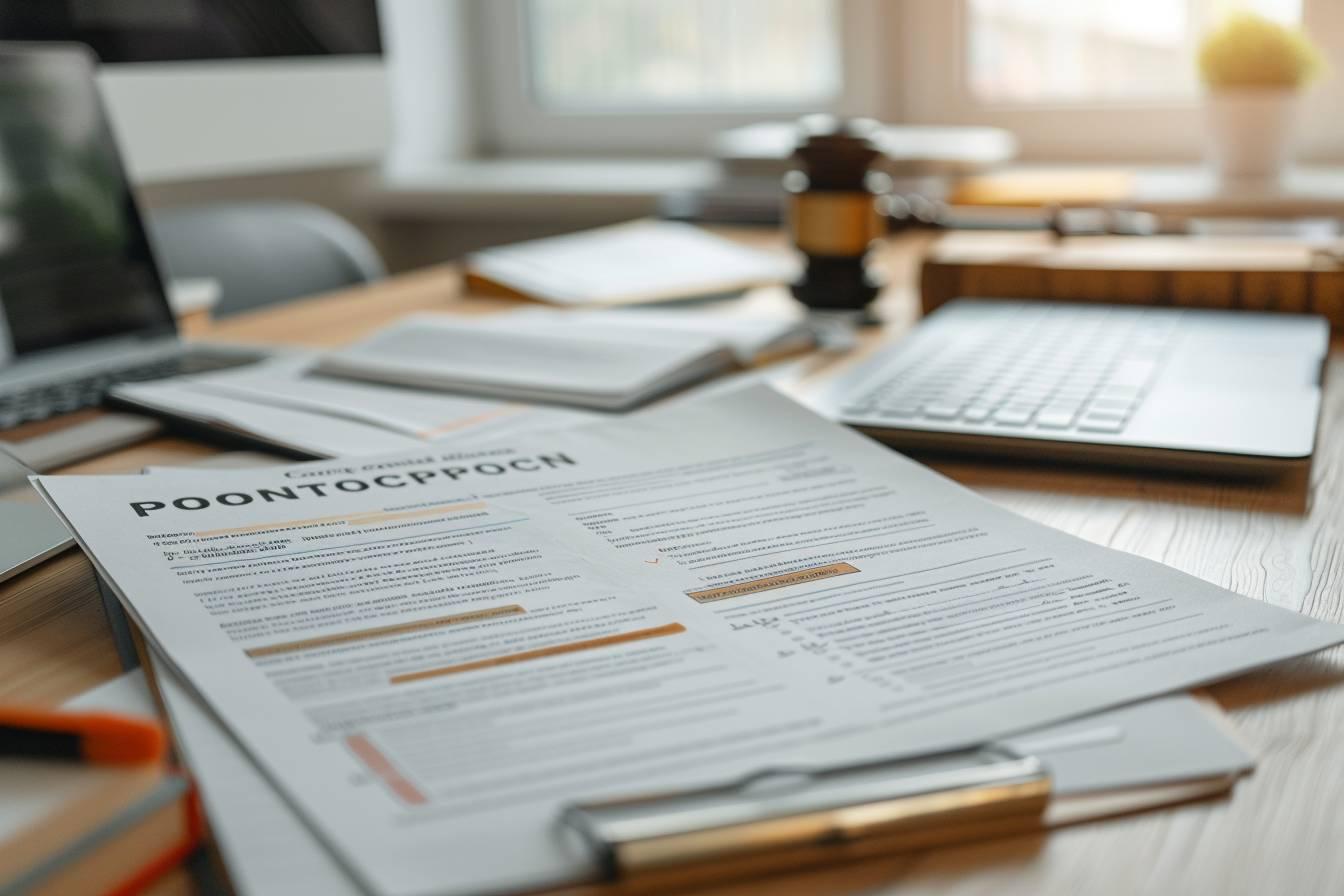Asset and liability guarantees, also known by the acronym ALM, are a crucial element in the world of corporate transactions. This financial protection plays a decisive role in M&A transactions, offering added security to the parties involved. Let’s delve into the details of this essential mechanism to understand how it works and its benefits.
Definition and principles of the Asset Liability Guarantee
The Asset Liability Guarantee is a contractual mechanism designed to protect the buyer of a company against potential financial surprises after the transaction. It protects against undeclared liabilities or overvalued assets that could affect the real value of the acquired company.
This guarantee is based on several fundamental principles:
- Transparent disclosure of financial information
- A commitment by the seller to cover certain post-acquisition risks
- Precise definition of the items covered and the terms of indemnification
- Determination of the period of validity of the guarantee
The ALM mechanism revolves around an in-depth audit of the target company, commonly referred to as “due diligence”. This crucial stage enables potential risks to be identified and the specific terms of the guarantee to be negotiated. The aim is to create a safety net for the buyer, while enabling the seller to limit his liability in time and amount.
It is important to note that asset and liability warranties are not standardized, and are the subject of intense negotiation between the parties. Its implementation often requires the intervention of chartered accountants, specialized lawyers and sometimes even actuaries to assess the risks and define the appropriate clauses.
Items covered by the asset and liability guarantee
Asset and liability warranties can cover a wide range of items, adapted to the specific nature of the company and the risks identified during the audit. Here is an overview of the main areas generally covered:
| Category | Items covered |
|---|---|
| Financial liabilities | Undeclared debts, off-balance sheet commitments |
| Tax | Tax reassessments, ongoing litigation |
| Legal | Commercial disputes, intellectual property |
| Social | Social liabilities, employee disputes |
| Environmental | Pollution, non-compliance with environmental standards |
Liability warranties protect the buyer against debts or obligations not disclosed at the time of the transaction. It can include items such as :
- Unpaid taxes
- Current or potential lawsuits
- onerous contractual commitments
- Regulatory compliance issues
Asset warranties, on the other hand, ensure that the company’s assets have the declared value. It can cover :
- Actual ownership of assets
- Condition of equipment and infrastructure
- Inventory valuation
- The reality of trade receivables
It is crucial to define precisely what is covered in the warranty contract. This clarity helps avoid ambiguities and potential conflicts when implementing the warranty. The parties must also agree on the methods for assessing damages and the claims procedures.

Implementation and duration of the asset liability guarantee
Implementing an asset liability guarantee requires careful attention to detail and rigorous planning. The process generally begins well before the transaction is finalized, and continues over a defined period after closing.
Here are the key stages of implementation:
- Negotiation: The parties discuss the terms of the guarantee, defining its scope and limits.
- Drafting: A detailed contract is drawn up, specifying the clauses of the guarantee.
- Due diligence: An in-depth audit is carried out to identify potential risks.
- Adjustments: The contract can be fine-tuned according to the results of the audit.
- Signature: The parties sign the warranty contract, often at the same time as the deed of sale.
- Warranty period: The warranty takes effect and runs for the agreed duration.
The duration of the warranty is a crucial point of negotiation. It generally varies between 12 and 36 months, but can extend to 5 years for certain specific aspects such as tax or environmental issues. This period must be long enough to allow any problems to be discovered, while offering a degree of security to the seller.
It is common to see different durations for different types of warranty:
| Warranty type | Typical duration |
|---|---|
| General warranty | 18 to 24 months |
| Tax warranty | Up to the statutory limitation period (3 to 5 years) |
| Social warranty | 2 to 3 years |
| Environmental warranty | 5 years or more |
The actual implementation of the warranty in the event of the discovery of a liability or asset problem generally follows a formalized process:
- timely notification of the problem by the buyer
- Assessment of the loss according to agreed methods
- Negotiation or direct application of compensation
- Resolution of any disputes via the mechanisms provided for in the contract
Efficient management of the asset liability guarantee requires meticulous documentation and rigorous monitoring throughout the guarantee period. Companies are often advised to set up a monitoring system to detect potential problems at an early stage and take action within the allotted time.

